For decades, reptiles have been unfairly labeled as “primitive” or “simple” creatures with limited cognitive abilities. Among these misunderstood animals, crocodilians—crocodiles, alligators, caimans, and gharials—have perhaps suffered the most from this scientific prejudice. Recent research, however, has revealed that crocodilian brains are significantly more complex and proportionally larger than previously believed. These ancient predators, who have survived for over 200 million years, possess neural architecture that supports sophisticated behaviors including tool use, cooperative hunting, and complex communication systems. As we delve into the fascinating world of crocodilian neurobiology, prepare to have your perceptions challenged about these remarkable survivors and their unexpected cognitive capabilities.
The Historical Misconception of “Primitive” Reptile Brains

For much of scientific history, reptiles were positioned at the bottom of a supposed evolutionary ladder of brain development. This hierarchical view, with mammals at the top and reptiles near the bottom, stemmed from early comparative neuroanatomy that focused heavily on brain-to-body size ratios and the development of the cerebral cortex.
Scientists like Ludwig Edinger in the late 19th century promoted the idea that reptilian brains were “primitive” versions of mammalian brains, lacking the structures necessary for complex cognition. This perspective was further cemented by Paul MacLean’s “triune brain” model in the 1960s, which characterized the “reptilian complex” as responsible only for basic survival behaviors. These early misconceptions proved remarkably persistent in scientific literature, despite mounting evidence that reptile brains—especially those of crocodilians—are organized differently rather than simply being underdeveloped.
Modern Brain Mapping Techniques Reveal Hidden Complexity
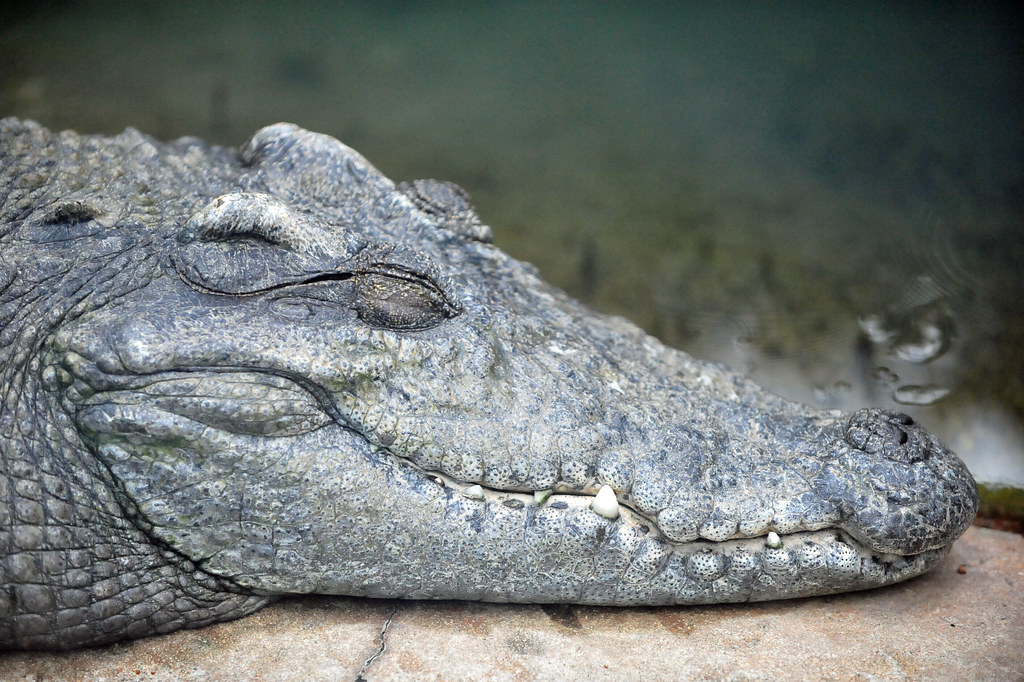
Advances in neuroimaging and electrophysiological techniques have revolutionized our understanding of crocodilian brain architecture. Modern MRI studies have revealed that crocodilian brains possess surprisingly large and well-developed structures, particularly in regions associated with sensory processing, spatial awareness, and behavioral coordination. Sophisticated techniques like diffusion tensor imaging (DTI) have mapped neural pathways showing extensive connections between brain regions that were previously thought to be relatively isolated in reptiles.
Functional studies using techniques like EEG and single-cell recordings have demonstrated active and complex processing in crocodilian brains, with patterns of activity that suggest much higher levels of integration than previously believed. These technological advances have allowed researchers to appreciate that crocodilian brains, while organized differently from mammalian brains, are specialized in ways that support highly adapted and sophisticated behavioral repertoires.
Proportional Brain Size: A Matter of Perspective
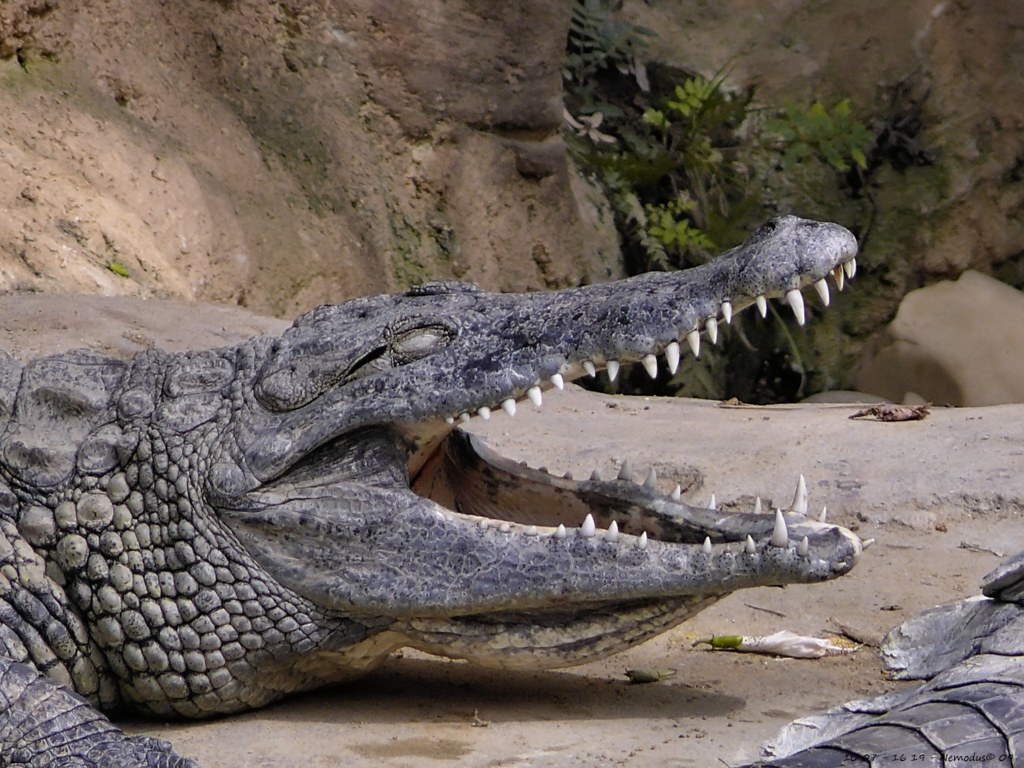
When discussing crocodilian brain size, context and proper scaling are essential for accurate comparisons. While a saltwater crocodile’s brain might seem small compared to its massive body, researchers have found that when appropriate allometric scaling is applied—accounting for the relationship between brain and body size across different animal groups—crocodilians actually possess relatively large brains for reptiles.
This scaling is particularly evident when examining the brains of hatchling crocodilians, which have brain-to-body mass ratios comparable to those of some birds. Interestingly, certain brain regions in crocodilians, such as the cerebellum which coordinates movement and aspects of spatial awareness, are proportionally larger than would be predicted based on their body size alone. These findings challenge the simplistic notion that brain size directly correlates with cognitive ability, suggesting instead that the efficient organization and specialization of neural structures may be more important than raw size.
The Cerebral Cortex Equivalent in Crocodilians

While crocodilians lack a neocortex—the wrinkled outer layer of the mammalian brain associated with higher cognition—they possess an analogous structure called the dorsal ventricular ridge (DVR) that serves similar functions. The DVR in crocodilians is remarkably well-developed and shows patterns of organization that parallel aspects of the mammalian cortex, with discrete processing regions for different sensory modalities.
Neurochemical studies have identified similar neurotransmitter systems and receptor types in the crocodilian DVR as those found in mammalian cortical regions, suggesting functional parallels despite different evolutionary origins. Recent research using cellular staining techniques has revealed that the crocodilian DVR contains neuronal circuits with complexity comparable to those found in avian brains, which are known for supporting sophisticated cognitive abilities. This discovery has prompted scientists to reconsider the traditional view that complex cognition requires a neocortex, opening new perspectives on the diverse neural pathways that can support intelligence across different vertebrate lineages.
The Impressive Cerebellum of Crocodilians
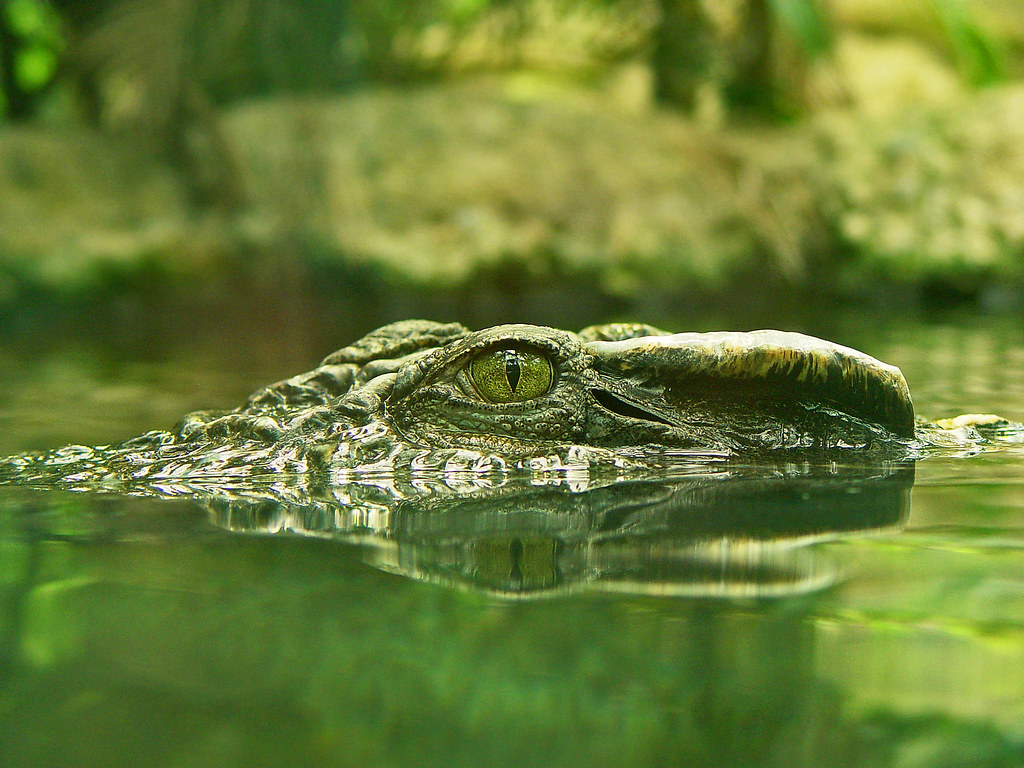
The cerebellum, responsible for motor coordination and certain cognitive functions, is particularly well-developed in crocodilians compared to other reptiles. In crocodiles and alligators, this structure comprises a significantly larger percentage of total brain volume than in lizards or turtles, reflecting their complex hunting strategies and aquatic lifestyle.
Microscopic examination reveals that the crocodilian cerebellum contains densely packed Purkinje cells—specialized neurons critical for motor learning—in numbers that rival those found in some mammals. This cerebellar development likely supports the precise coordination required for the explosive predatory lunges that crocodilians are famous for, as well as their ability to maintain nearly motionless postures while stalking prey. Furthermore, research suggests that the crocodilian cerebellum plays important roles beyond motor control, potentially contributing to spatial memory and the timing mechanisms necessary for their sophisticated ambush hunting techniques.
Sensory Processing: Specialized Neural Circuits
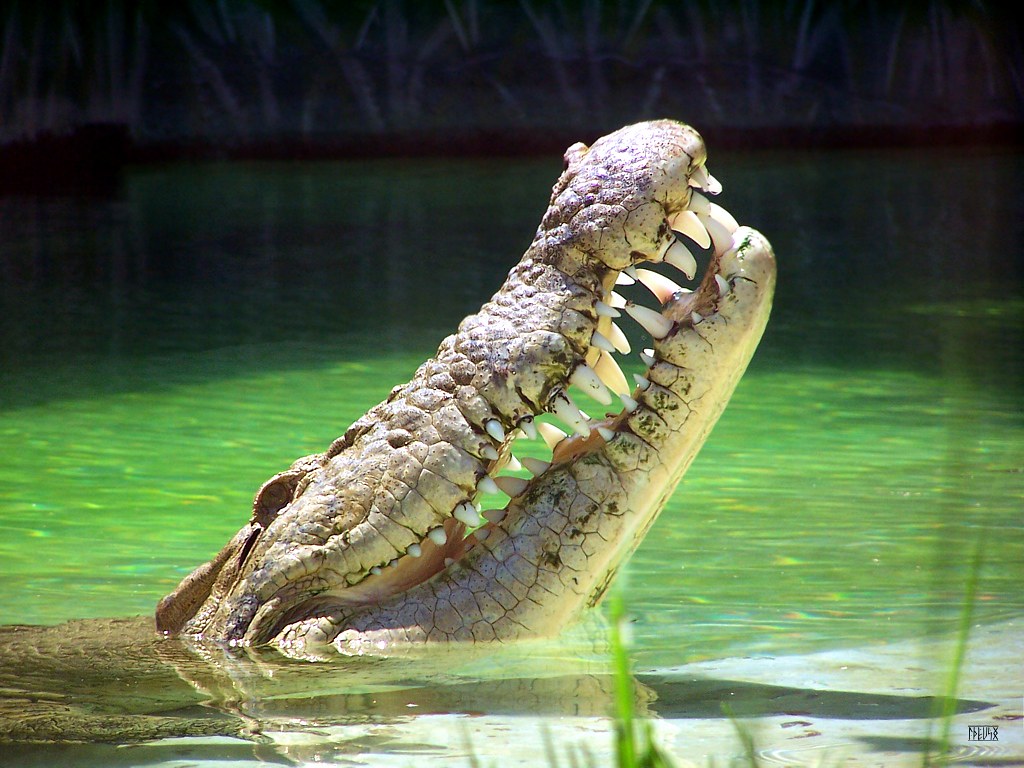
Crocodilian brains feature remarkably specialized neural circuits for processing sensory information, particularly for hearing, vision, and touch. Their auditory processing regions are finely tuned to detect low-frequency sounds that travel through water, allowing them to locate prey by subtle splashes or movements even in complete darkness. Visual processing centers in crocodilian brains show specializations for motion detection and contrast sensitivity, supporting their role as ambush predators that must detect slight movements against complex backgrounds.
Perhaps most impressive are the neural networks connected to the thousands of integumentary sense organs (ISOs) that cover their faces—microscopic dome-shaped structures that can detect minute pressure changes in water, essentially allowing crocodilians to “feel” their environment in extraordinary detail. These sensory specializations are supported by dedicated brain regions with substantial neural investment, reflecting the evolutionary premium placed on effective environmental monitoring in these apex predators.
The Limbic System: Emotion and Memory in Crocodilians
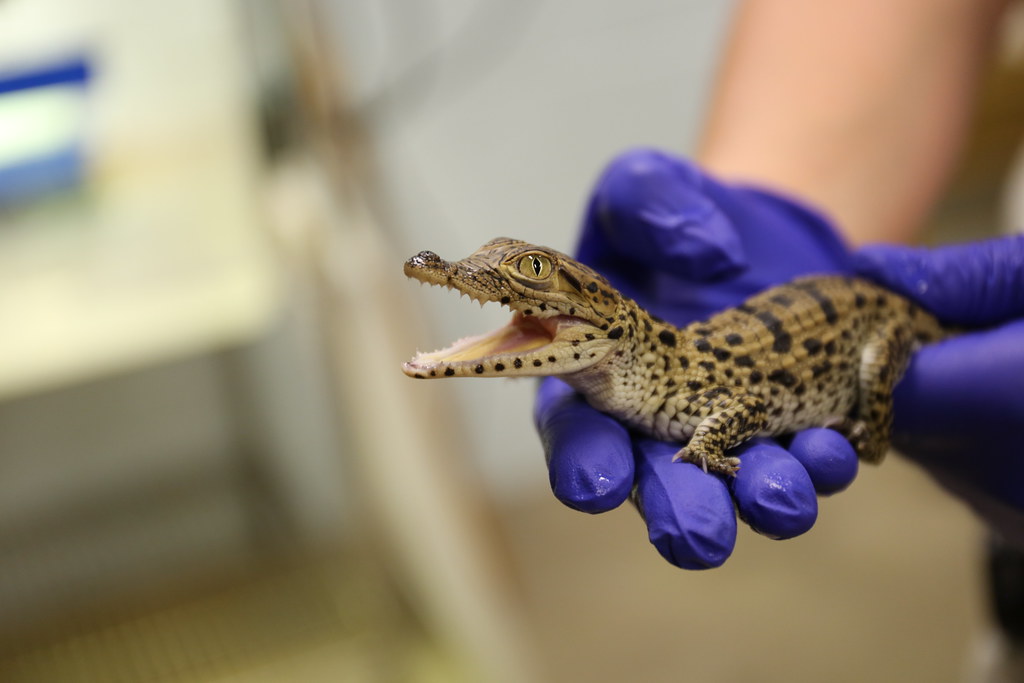
Contrary to the portrayal of reptiles as emotionless creatures, crocodilians possess well-developed limbic structures responsible for emotional processing and memory formation. The amygdala—a brain region central to emotion and fear responses in mammals—has clear homologs in the crocodilian brain that show similar patterns of activity during threatening situations. Crocodilians also have substantial hippocampal structures, brain regions critical for spatial memory and navigation, which likely support their ability to remember territorial boundaries and nesting sites across seasons.
Neurochemical studies have identified dopaminergic and serotonergic pathways in crocodilian brains similar to those that modulate mood and reward in mammals, suggesting the capacity for primitive emotional states. These limbic structures may underlie observed behaviors such as parental care, long-term social bonds between individuals, and apparent distress responses when separated from familiar social groups—all behaviors that challenge the stereotype of reptiles as “cold” and emotionally limited.
Neural Support for Complex Social Behaviors

The sophisticated social behaviors observed in crocodilians require dedicated neural circuitry that was once thought to be exclusive to birds and mammals. Crocodilian brains contain well-developed regions responsible for processing and generating vocalizations, supporting their diverse acoustic communication which includes infrasonic bellows, grunts, hisses, and the contact calls between mothers and hatchlings.
Specific areas in the crocodilian forebrain show increased activity during social interactions, particularly in structures believed to be involved in individual recognition and social memory. Neural circuits involved in parental behavior are notably developed, corresponding with the extensive maternal care observed in all crocodilian species, which can include guarding nests, carrying hatchlings in their mouths, and defending young for up to two years.
These neural specializations support a social complexity that includes hierarchical structures within groups, cooperative hunting behaviors in some species, and even examples of tool use—such as balancing sticks on their snouts to lure nesting birds—all requiring substantial cognitive processing.
Learning and Memory: Cognitive Capabilities Beyond Expectations

Laboratory studies have demonstrated that crocodilians possess learning and memory capabilities that far exceed traditional expectations for reptiles. Experimental evidence shows that crocodilians can quickly learn to associate specific sounds with food rewards and retain these associations for years without reinforcement, demonstrating impressive long-term memory. Spatial learning tests reveal that they can navigate complex mazes and remember solutions to environmental puzzles, abilities supported by their well-developed hippocampal structures.
Perhaps most surprisingly, crocodilians show the capacity for observational learning—the ability to learn by watching others perform tasks—a cognitive skill previously thought to require the more complex brains of birds and mammals. Some species have even demonstrated rudimentary counting abilities, distinguishing between different quantities of objects or sounds, which suggests mathematical processing previously unexpected in reptilian brains.
Comparative Evolution: Bird Brains vs. Crocodilian Brains
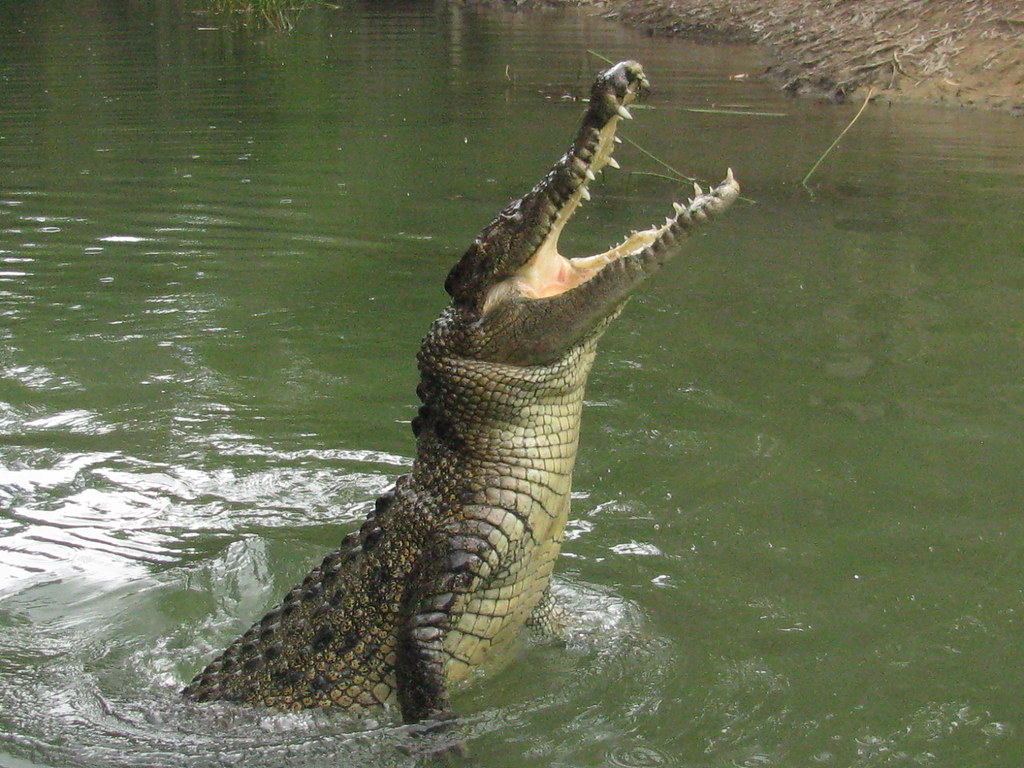
Birds and crocodilians share a common ancestor approximately 240 million years ago, making them closer relatives than many people realize—both belong to the archosaur lineage. This evolutionary relationship provides fascinating insights when comparing their neural architecture. Modern birds are known for their impressive cognitive abilities despite small body size, with brain-to-body ratios that can exceed those of some mammals.
While crocodilian brains haven’t undergone the extreme specializations seen in birds, they share key structural homologies that suggest their common ancestor already possessed substantial neural complexity. Both groups show well-developed dorsal ventricular ridges, specialized cerebellums, and similar organization of sensory processing regions, though birds have additional elaborations supporting their high metabolic rates and flight capabilities. These similarities suggest that the ancestor of both birds and crocodilians already possessed a relatively advanced brain, contradicting older views that complex brains evolved independently in the avian lineage.
Brain Development and Maternal Influences

The development of crocodilian brains shows fascinating parallels to patterns seen in birds and mammals, with significant maternal influences on neural outcomes. Embryonic development studies reveal that temperature during incubation affects not only sex determination but also brain structure, with certain incubation temperatures promoting greater development in specific brain regions. Maternal vocalizations while eggs are still developing have been shown to influence auditory processing regions in the brain, preparing hatchlings to recognize and respond to their mother’s calls immediately after hatching.
The extended parental care period provides crucial learning opportunities during a time of significant neural plasticity, potentially shaping brain development through experience-dependent mechanisms. Additionally, stress hormones from the mother can cross into developing embryos, potentially priming stress response systems in the brain—a form of non-genetic inheritance that prepares offspring for environmental challenges.
Implications for Evolutionary Neuroscience
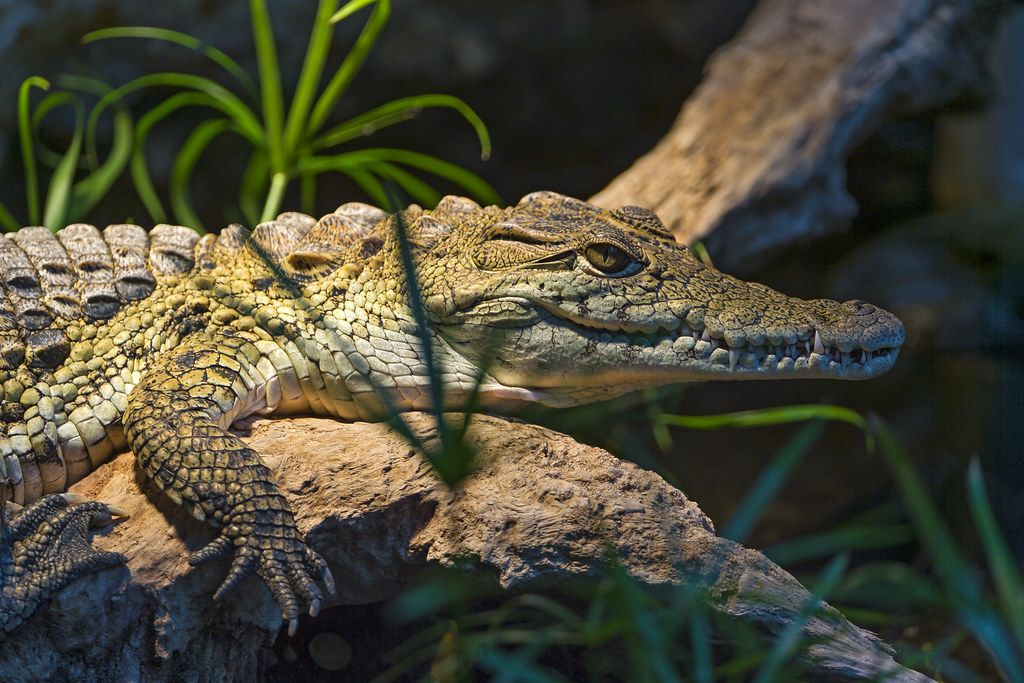
The revised understanding of crocodilian brain complexity has profound implications for evolutionary neuroscience and our conception of cognitive evolution. The discovery that these ancient reptiles possess neural specializations supporting complex behaviors challenges linear models of brain evolution that place mammals at the pinnacle of a supposed hierarchy. Instead, evidence from crocodilian neurobiology supports a model of parallel evolution, where different vertebrate lineages have developed various neural solutions to similar cognitive challenges.
This perspective encourages researchers to move beyond brain-to-body ratios as primary indicators of cognitive potential and focus more on the specific adaptations that support ecologically relevant behaviors across species. Furthermore, the substantial similarities between crocodilian and avian brains suggest that the common ancestor of dinosaurs and crocodilians already possessed relatively advanced neural processing capabilities, pushing the origin of complex vertebrate cognition much earlier than previously thought.
Conservation Implications of Crocodilian Intelligence
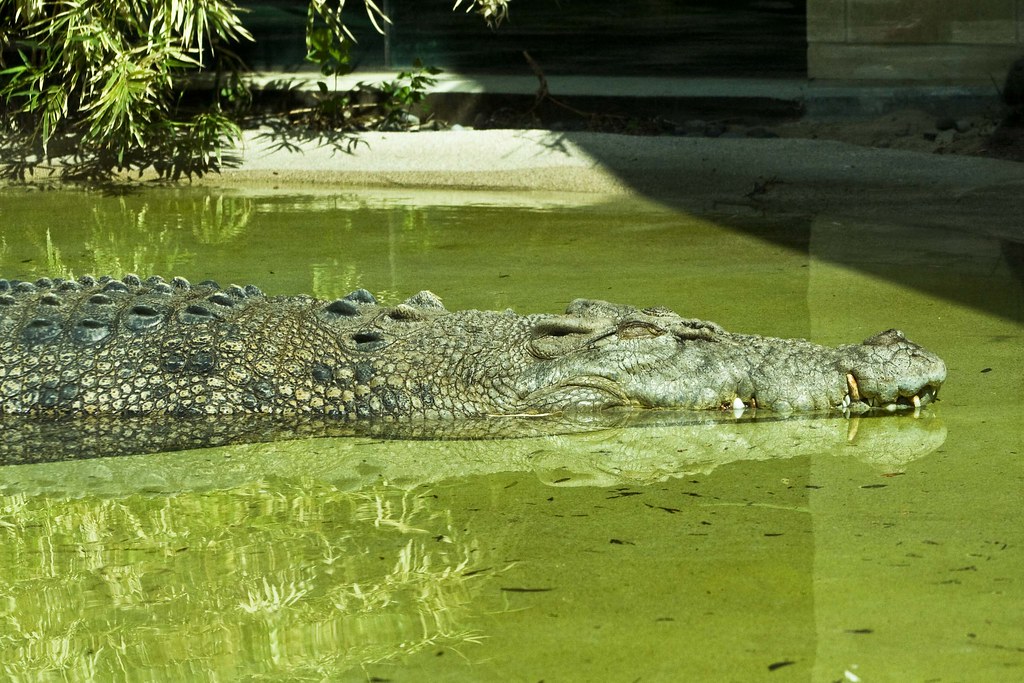
Recognizing the cognitive complexity of crocodilians has important implications for their conservation and welfare. The demonstrated capacity for learning, memory, and possibly even rudimentary emotional states suggests that these animals have welfare needs beyond basic physical requirements, challenging how they are managed in captivity.
Conservation programs that acknowledge crocodilians’ cognitive abilities can develop more effective reintroduction strategies, accounting for their capacity to learn from experiences and adapt to new environments. The recognition of their intelligence may also influence public perception, potentially increasing support for conservation efforts by highlighting that these animals are not merely primitive killing machines but sophisticated predators with complex behavioral capabilities.
Additionally, understanding how crocodilian brains process environmental information could improve our ability to predict how these keystone species might respond to habitat changes, providing valuable insights for ecosystem management in a changing climate.
As our understanding of crocodilian neurobiology continues to evolve, so too does our appreciation for these remarkable survivors. Far from being “primitive” holdovers from the age of dinosaurs, crocodilians possess sophisticated brains that have been refined through more than 200 million years of evolution. Their neural architecture, while different from mammals, supports a range of complex behaviors from tool use to cooperative hunting and extensive parental care. By recognizing that different evolutionary paths can lead to cognitive complexity, we gain a richer understanding of intelligence throughout the animal kingdom. The crocodilian brain serves as a powerful reminder that we should be cautious about imposing mammalian-centric views on animal cognition, and that extraordinary capabilities can emerge from diverse neural solutions shaped by evolutionary pressures. These ancient predators, with their surprisingly large and complex brains, continue to challenge our preconceptions and expand our understanding of the myriad forms that intelligence can take.




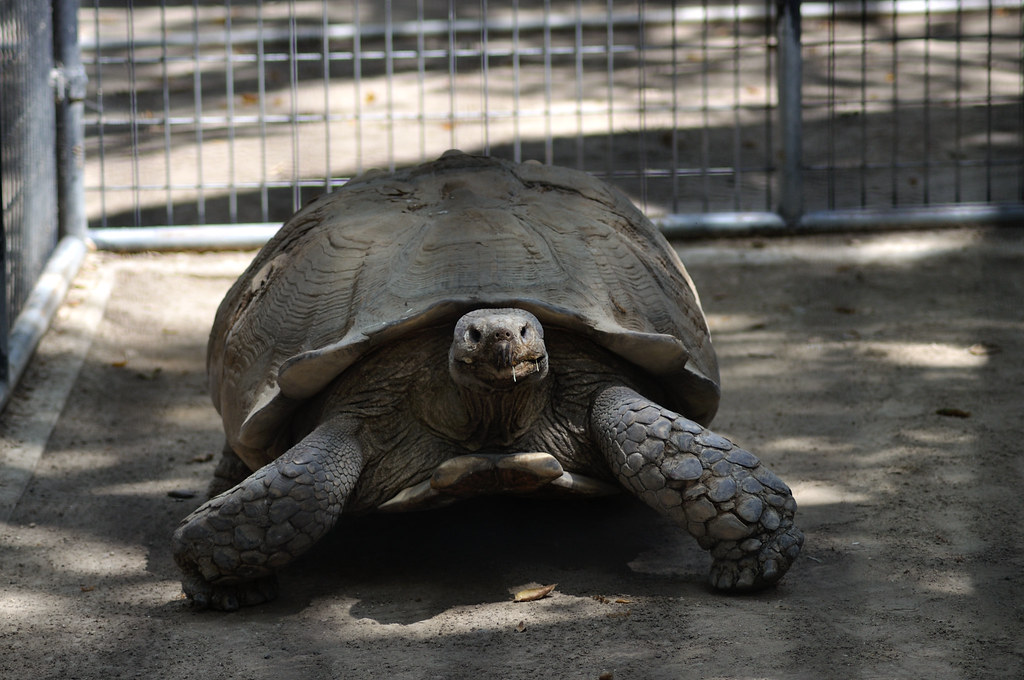
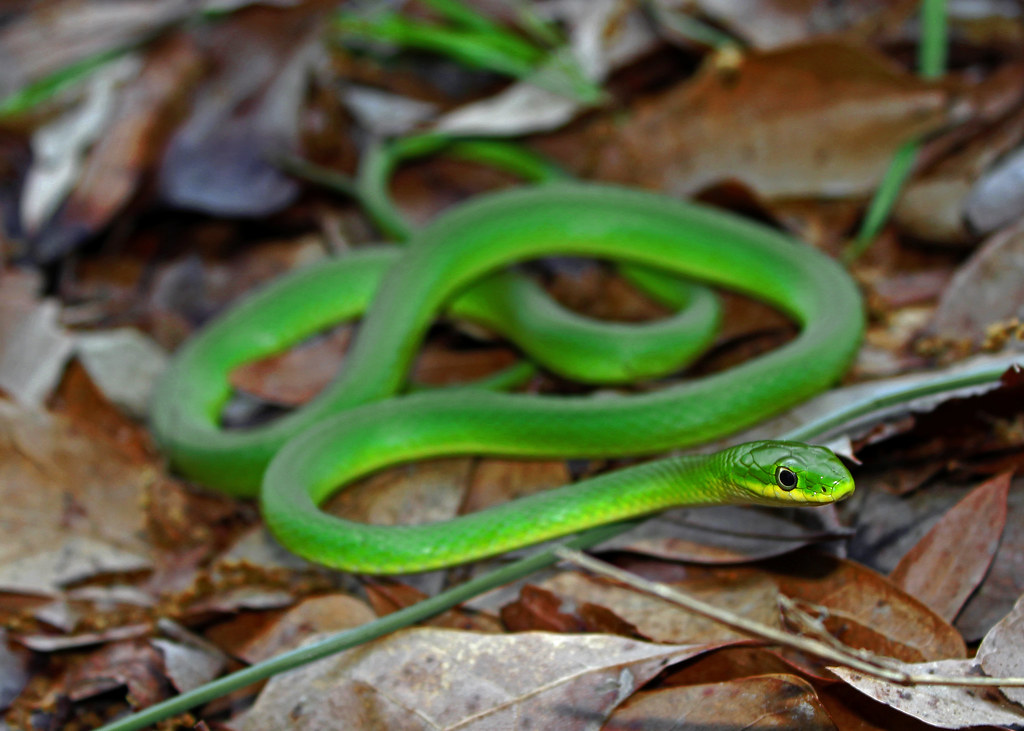
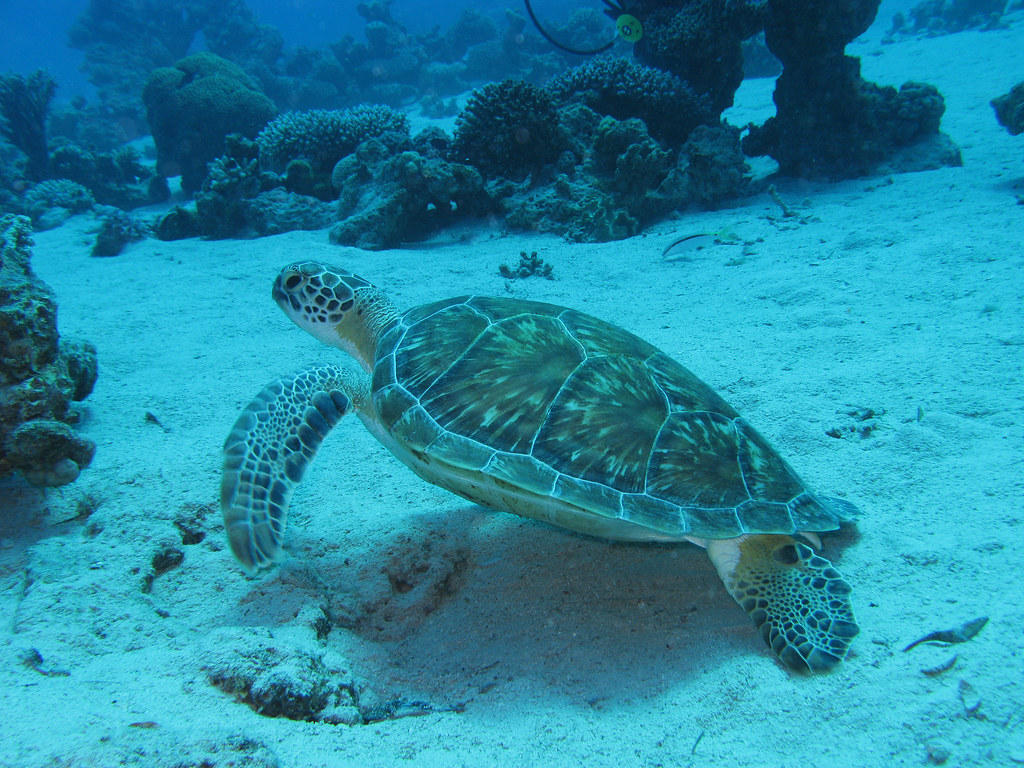
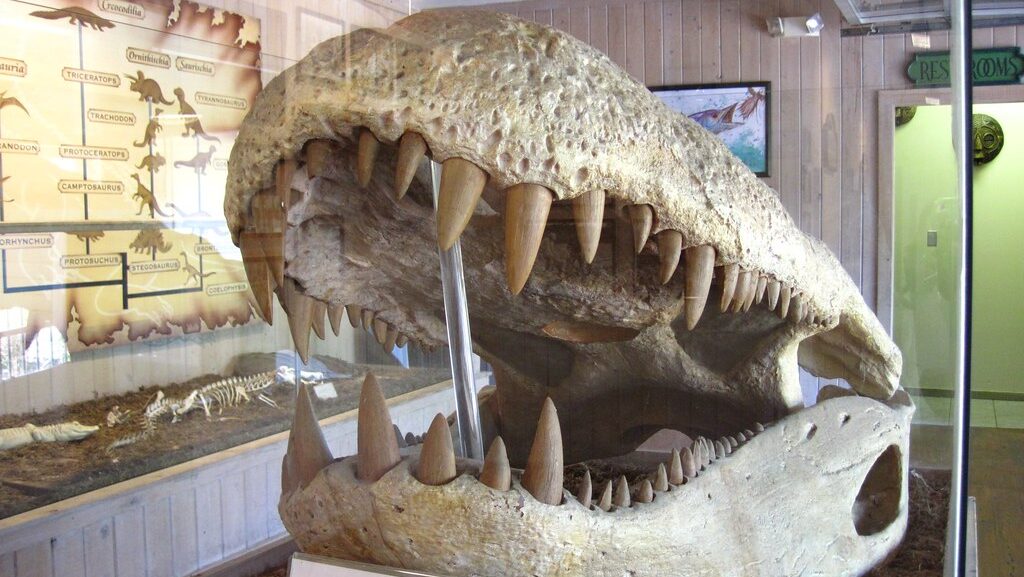
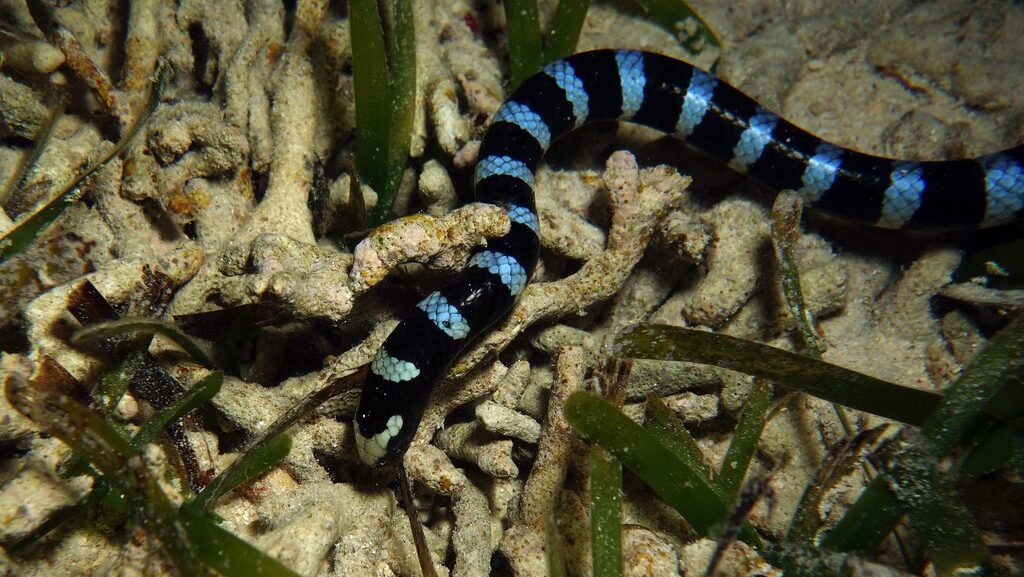

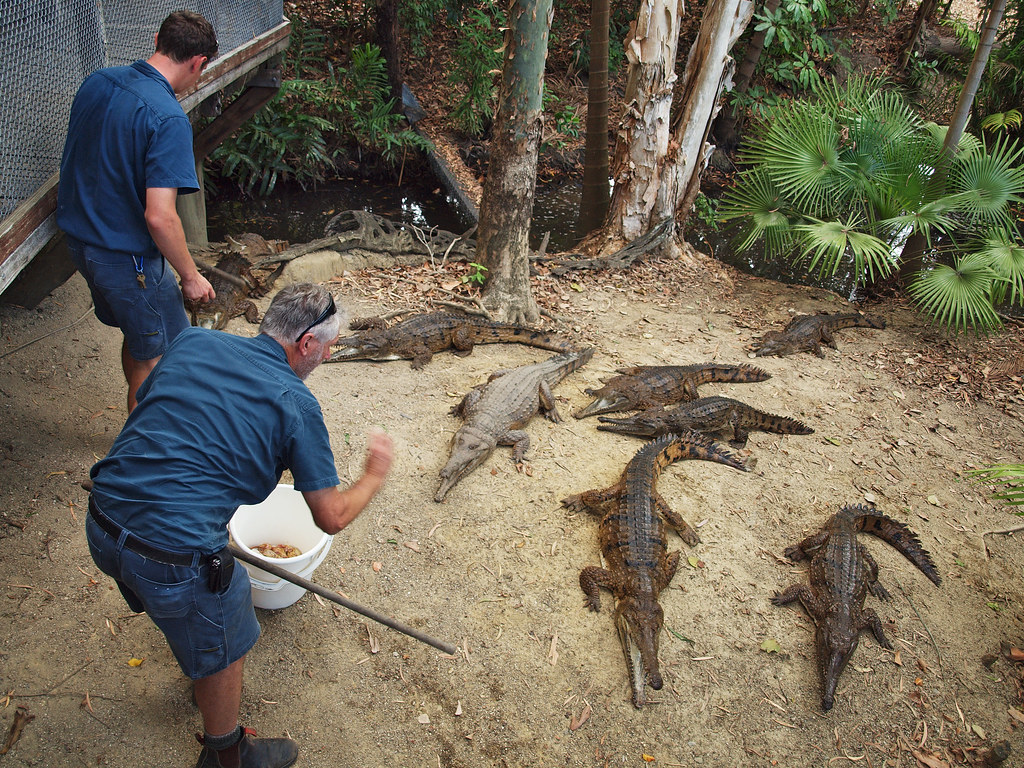



Leave a Reply